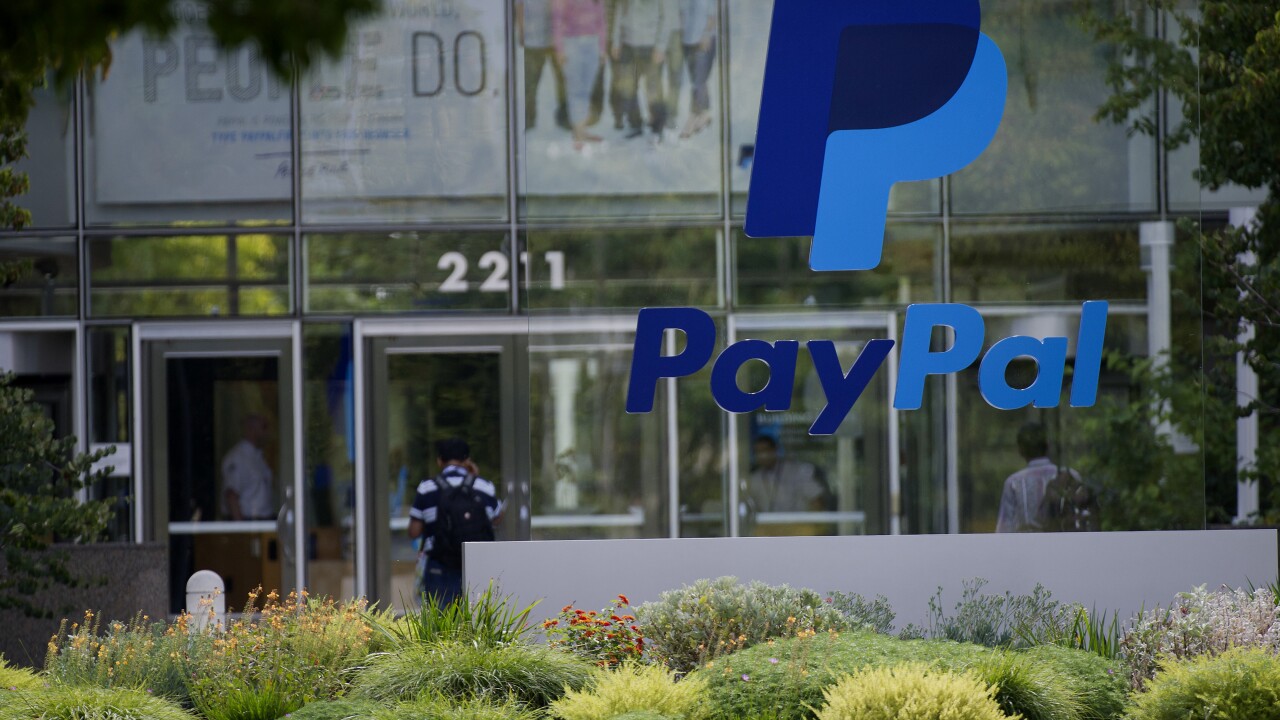The younger, more digitally intuitive generations are taking over the U.S. consumer market and changing the way (some) retailers operate.
Facebook's recent initiative,
In order for retailers and brands to compete for consumer and Gen Z attention and more importantly, their loyalty, they need to hone the power of e-commerce in a way that adds value to consumers and doesn’t disrupt or smother their natural shopping behaviors.

Born as digital natives, Generation Z is constantly looking for new and faster ways to engage with brands and their friends outside of traditional social channels, and share and purchase trendy products, but retailers are struggling to get a hold of this allusive group. The key for retailers and brands is to reach Gen Z where they spend most of their time, which is on messaging platforms.
Gen Z wants to seamlessly connect, react, shop and, most importantly, share things from their mobile phone, instead of wasting time toggling between pesky apps, browsers and screenshots or even worse, trekking to a physical store to get their shopping done. While new technologies are emerging in order to appeal to digitally native consumers, options for teens on texting apps are often mistakenly overlooked.
As a result of these brand and retail misses, Gen Z is turning their attention to the technology advancements and brands that “get” them, their lifestyle and their needs.
For example, brands that work with influencers to engage Gen Z will fair much better than ones that rely on traditional TV or web advertisements.
Extending off of influencers is a strategy around leveraging celebrity influencers. Gen Z prefers brands that are personal, familiar and can put a face to the name brand. Take Selena Gomez for example. She’s one of the most sought-after celebrities because of her influence on consumers. From Pantene, Coach and Coke Selena helped some of the top brands reach a larger audience. Lastly, brands that can reach Gen Z through their preferred messaging platforms will go far, especially when available on a shopping keyboard, because they quickly bypass other shopping apps and retail in-store tactics that lack social, digital and easily sharable features.





